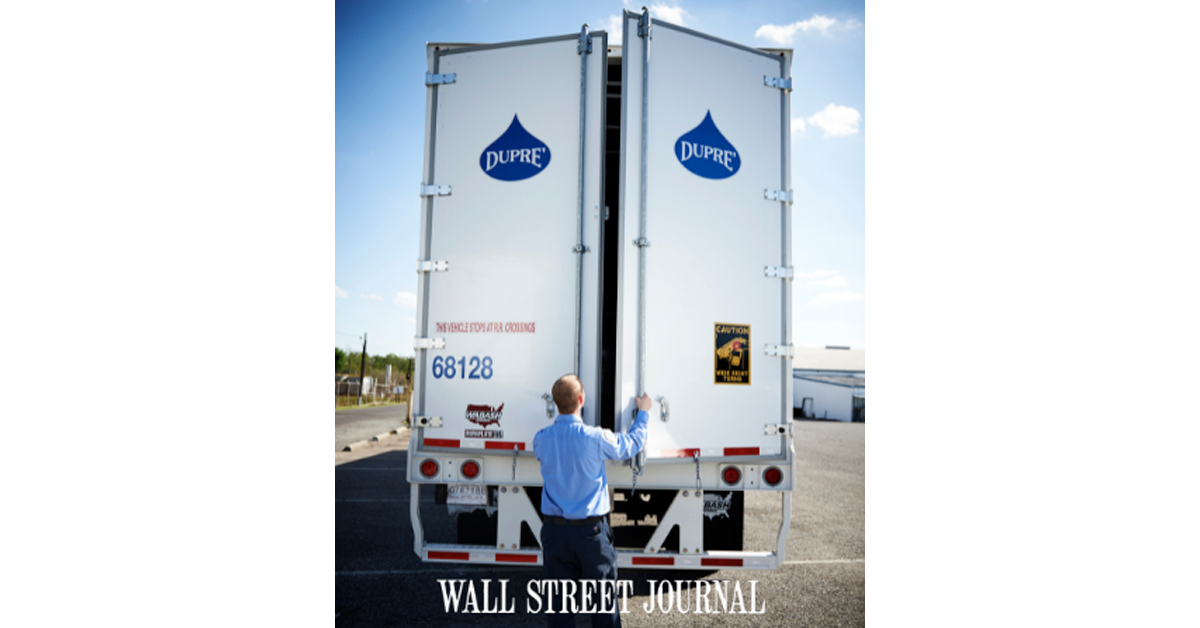Recently, Doug Roberie, Executive Vice President of Asset Operations, was interviewed for a Wall Street Journal article on the impact of truck shortages in the logistics industry. It’s an important topic that everyone in the industry is talking about—what happens when truck manufacturers can’t fulfill new orders due to parts shortages?
As Roberie shared with the Wall Street Journal, Dupré is running trucks longer because we can’t get new trucks. This, of course, puts a strain on trucks we’d typically trade out after five years or 500,000 miles. That can mean longer downtime for truck maintenance, but we’re making it work and capitalizing on transactional logistics opportunities.
As a private company, Dupré is in a much better position than many logistics providers. We’re nimble and have more liquid access to capital quickly. So, when orders fall through for companies that are booked with other carriers, we can grab them and deliver. With a fleet of 700 trucks, 1,000 professional drivers, and 16,000 preferred carriers, Dupré can deliver “no-excuses” solutions, and deliver them quickly.
While new truck shortages are sure to persist through the end of 2022, our OEMs have already told us they likely won’t be able to deliver new trucks even next year due to a lack of available microchips and sensors, making communication with customers even more critical in these chaotic times.
Talking with Customers, Doing Right by Drivers
It’s important to talk with customers about what’s going on in the market. Our customers are facing challenges too and most understand the current landscape. They’re seeing it in their business, at the gas station and the grocery store. Even though we’re less than halfway through 2022, we’re talking with our customers about starting to work on 2023 contracts. This environment of communication and collaboration has led to customers being willing to work closer with logistic partners than ever before. It’s also propelled logistics conversions from the loading dock to the boardroom.
Another area that is seeing heightened focus is driver satisfaction. Almost every logistics company is actively recruiting more drivers to make up for the current shortfall. Whatever moves we make, we need to ask ourselves: will this be attractive for drivers? Historically, the logistics industry hasn’t focused on driver satisfaction, but that is shifting and the industry needs good leadership to do right by our teams.

